Winter can pose unique challenges for newly laid concrete, potentially affecting its durability and strength. Proper care during the initial winter months is crucial to ensure the concrete’s resilience. From protective measures against freezing temperatures to proactive maintenance, understanding key tips for maintaining new concrete can significantly enhance its longevity and structural integrity during this period.
Prepare for Winter
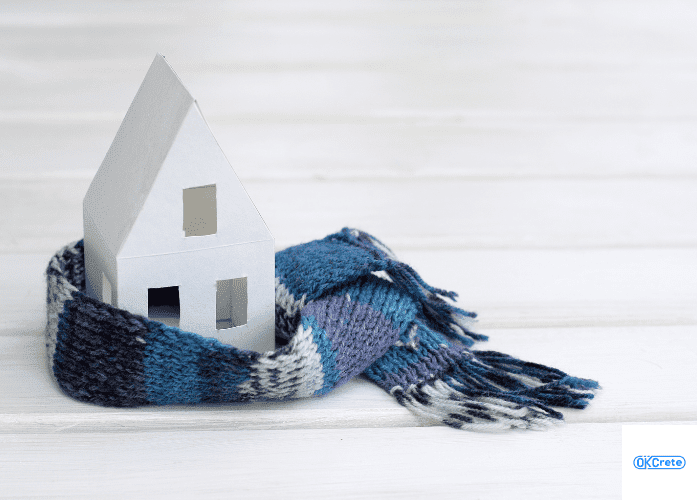
As winter approaches, take proactive measures to shield the concrete by covering the concrete with insulating blankets or straw to retain heat and protect it from freezing temperatures, and steer clear of using deicing chemicals like rock salt during the first winter.
Watch What You Use for Snow Removal
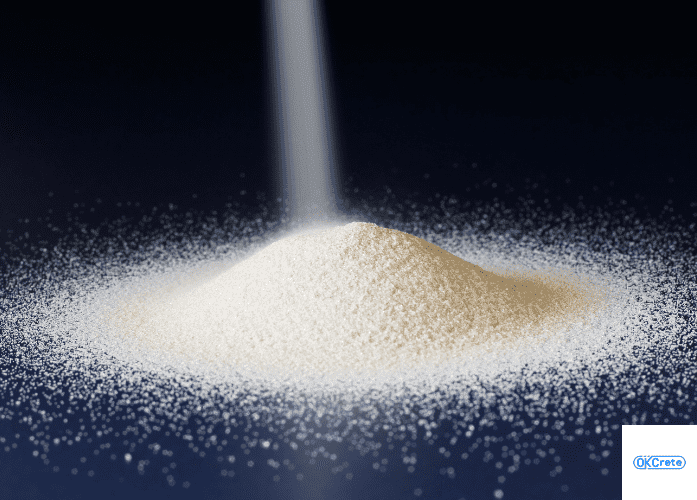
When the winter comes, you’re going to want to (and need to) clean your concrete driveways when snow falls or any water freezes over. Most people clean their driveways off by spreading rock salt or using deicing agents. Just be careful and avoid using deicing agents that contain magnesium chloride, ammonium sulfate, and ammonium nitrate.
These substances can deteriorate the concrete, leading to potential cracking, rusting, or gradual disintegration. Also, these chemicals accelerate the freeze-thaw cycle in a way that’s less natural than if the sun were to take on the job. Instead, consider applying dry sand onto the surface for traction, ensuring safer walking conditions without the concern of slipping.
Be Mindful While You Shovel
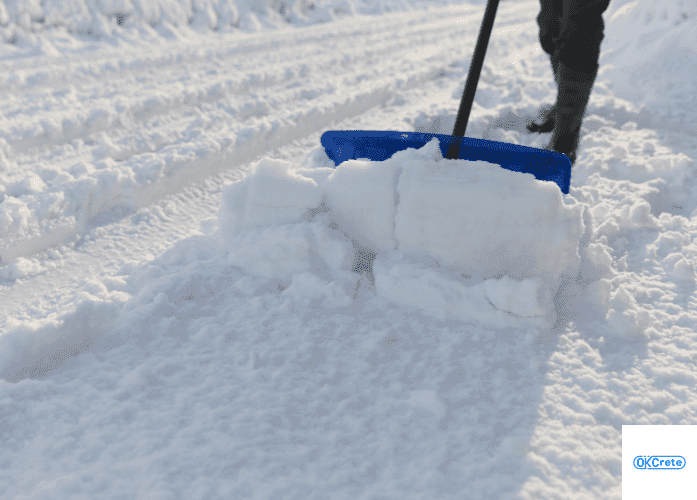
Take care to avoid chipping or denting your concrete while shoveling snow in the winter. To address this issue, opt for a rubber or vinyl-edged shovel over a metallic one. Regular maintenance involves keeping your new concrete free from accumulations of ice.
Throughout the winter-freeze thaw cycle, prolonged presence of snow and ice can cause considerable harm to newly installed concrete. If you anticipate being unable to promptly shovel snow from your concrete surfaces, consider engaging a snow removal contractor to manage the maintenance tasks for you.
Seal Your Concrete
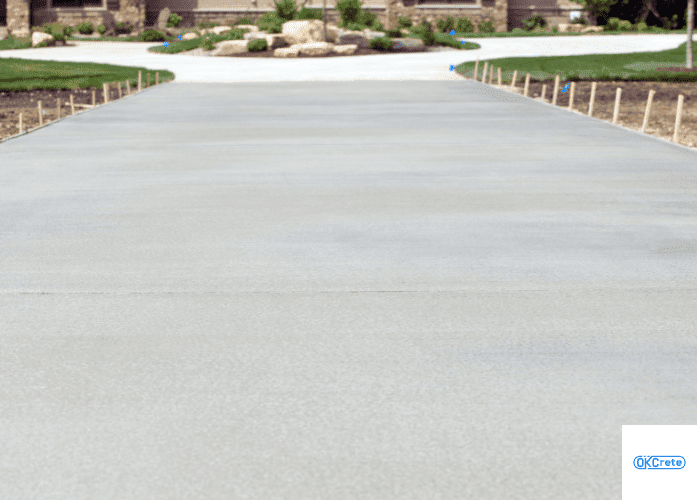
Concrete’s porous nature enables it to absorb moisture from the underlying ground, especially during the winter when the ground holds excess moistures, potentially leading to discoloration on the concrete surface.
An effective preventive measure against snow-related damage involves employing a high-quality concrete sealer to minimize water infiltration into the concrete’s pores. These sealers work by creating a protective barrier on the surface, penetrating the material to fortify it.
Before applying the sealer to your concrete sidewalk or driveway, ensure it’s completely dry. Then, use a paintbrush or pump sprayer to evenly distribute the sealer across the entire surface. It’s crucial to meticulously read the label and strictly adhere to the application instructions for any chemicals.
If you don’t want to seal your new concrete on your own, give a concrete contractor a call – even the one that did the new concrete can help.
Monitor the Temperature
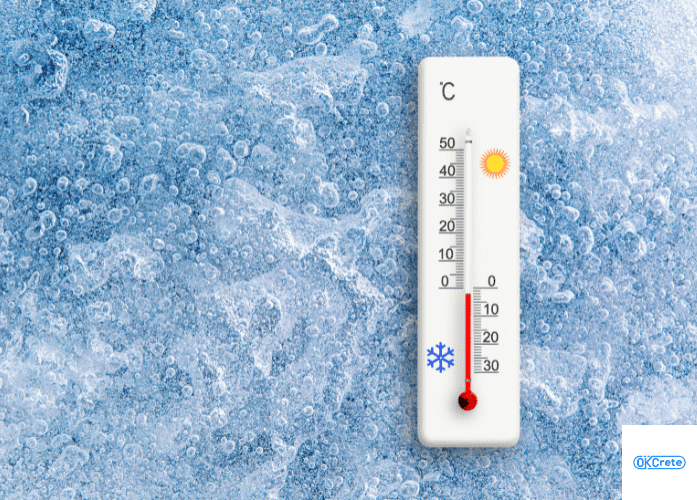
Monitoring temperatures is a crucial aspect of protecting newly poured concrete during the winter months. Extreme cold temperatures can significantly impact the curing process and overall durability of the concrete. Pouring concrete in frigid conditions can cause complications. Below-freezing temperatures can affect the water content in the concrete mix, leading to improper hydrations and reduced strength.
What is an ideal temperature? Generally, a minimum temperature of 40 degrees is considered suitable for concrete curing. Below this temperature, the curing process can be adversely affected. To aid proper curing, consider using insulated blankets or heating mechanisms to maintain a consistent temperature around the concrete. These methods help preserve the necessary warmth for curing, even during colder periods.
Precautions and Adjustments:
- Weather Forecast: Regularly check weather forecasts to anticipate temperature fluctuations. Avoid scheduling concrete pouring or critical curing stages during extremely cold periods if possible.
- Cold Weather Concreting Practices: If pouring concrete in colder weather is unavoidable, consult with professional concrete contractors who specialize in cold weather concreting. They may suggest using additives or admixtures to adjust the concrete mix for better performance in lower temperatures.
- Protective Measures: Employ additional protective measures, such as covering freshly poured concrete with insulated blankets or using temporary enclosures to shield it from freezing temperatures and harsh winds.
Proper Drainage is Important
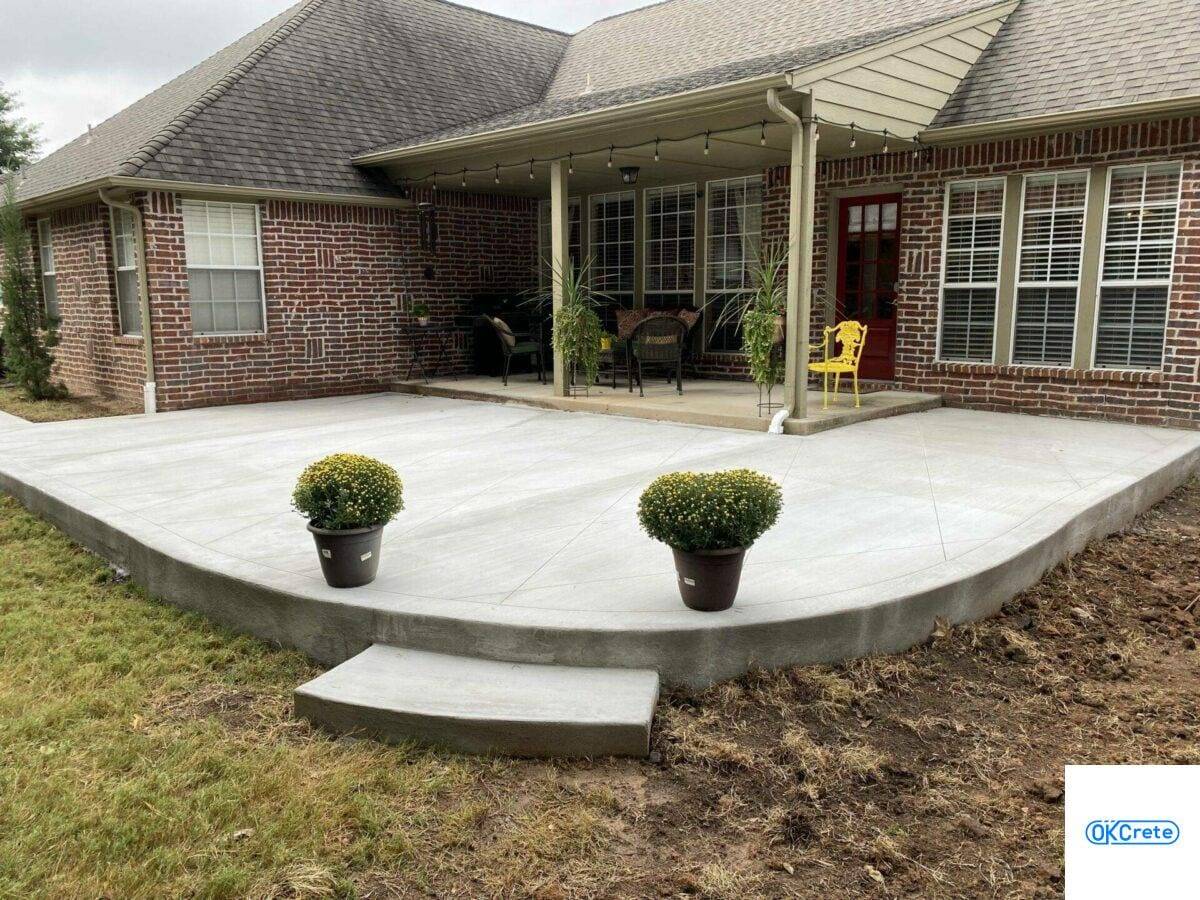
Ensuring proper drainage around newly poured concrete is a critical aspect of winter maintenance. Effective drainage helps prevent the accumulation of water, which can freeze, expand, and potentially damage the concrete slab.
So, what is the importance of proper drainage?
- Preventing Water Accumulation: Adequate drainage prevents water from pooling around the concrete surface. When water collects and freezes, it exerts pressure on the concrete, leading to cracks and structural damage.
- Avoiding Saturation: Excessive water around the concrete can saturate the soil beneath it. As this water freezes and expands, it can cause upheaval or uneven settling of the concrete slab.
Tips for Ensuring Proper Drainage:
- Grading and Sloping: During the installation phase, ensure that the area around the concrete is properly graded and sloped away from the slab. This encourages water to flow away from the concrete surface.
- Install Drainage Systems: Consider installing drainage systems, such as French drains or gravel trenches, around the perimeter of the concrete. These systems help divert water away from the slab, reducing the risk of water accumulation.
- Maintain Gutters and Downspouts: Ensure that gutters and downspouts are directing water away from the concrete. Regularly clean and clear these systems to prevent blockages that could lead to water pooling near the concrete.
- Use Permeable Materials: If applicable, use permeable materials like gravel or porous pavers in surrounding areas. These materials allow water to pass through, minimizing the amount that collects around the concrete.
Winter-Specific Considerations:
- Snow Melt and Runoff: During winter, melted snow can contribute to excess water around the concrete. Ensure that pathways runoff are clear and direct water away from the slab.
- Monitor Thawing Conditions: Pay attention to thawing conditions after snow or ice events. The thawing and refreezing cycle can lead to water accumulation. Proper drainage helps mitigate this risk.
Get a Pergola
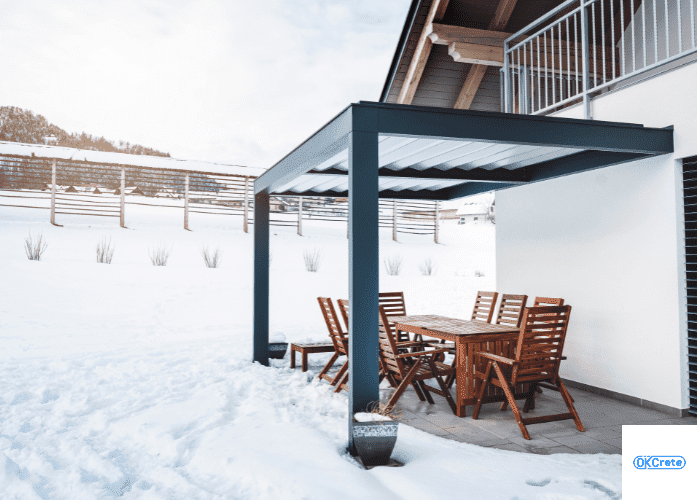
Take cover! Pergolas offer a smart solution to protect concrete surfaces from the harsh effects of snow. By strategically placing pergolas over concrete areas like patios or driveways, they act as a shield against snow accumulation. The overhead structure helps limit the amount of snow that lands directly on the concrete, reducing prolonged exposure to moisture. This protection aids in preventing potential damage caused by snow buildup, such as freeze-thaw cycles that can compromise the integrity of the concrete. Additionally, pergolas create a barrier, minimizing the impact of falling snow and ice, which, in turn, extends the lifespan and durability of the concrete surface below.
Types of Concrete We Use
We offer a variety of concrete including decorative concrete(will polish and enhance the appearance of your building), colored concrete (has an added pigment throughout the matrix of the concrete and can be used for casting stones, ornamental work, external surfaces, floors, and more), custom concrete (depends on the building and aesthetic), and stamped concrete (designated to be stamped for decorative appliances generally used in patios, car porch, driveways, and sidewalks).
Residential Concrete

From laying foundations to crafting polished concrete floors, enhancing patios, porches, driveways, sidewalks, and creating stunning decorative features, our versatile team covers it all. Recognizing that your home stands as one of your most significant investments, our commitment is to save you time, money, and surpass your expectations.
Employing state-of-the-art techniques and machinery, we prioritize safeguarding your home throughout the concrete placement process. Unsure about the ideal concrete solution for your structure? Our experts are readily available to guide you through the selection process.
We take pride in our workmanship’s quality, the resilience of our products, and the aesthetic value each project adds to your home. Backed by integrity and professionalism, we’ve earned a place among Oklahoma City’s leading concrete companies.
Rely on our services to shield your building against structural damage, avert accidents, and mitigate potential hazards. Your satisfaction and your building’s protection are our primary objectives.
About OKCrete

OKCrete is here for you for all your concrete needs. Hopefully this helped you figure out how you’re going to protect your new concrete this winter! Remember, if you’re looking for concrete contractors in Oklahoma City, you have found the best of the best. Not only can we help you with new concrete slabs, a new concrete patio, driveway, and sidewalks, we can also help with retaining walls, concrete repairs, and all of the custom ideas your heart desires.
Just give us a call for a free quote!
